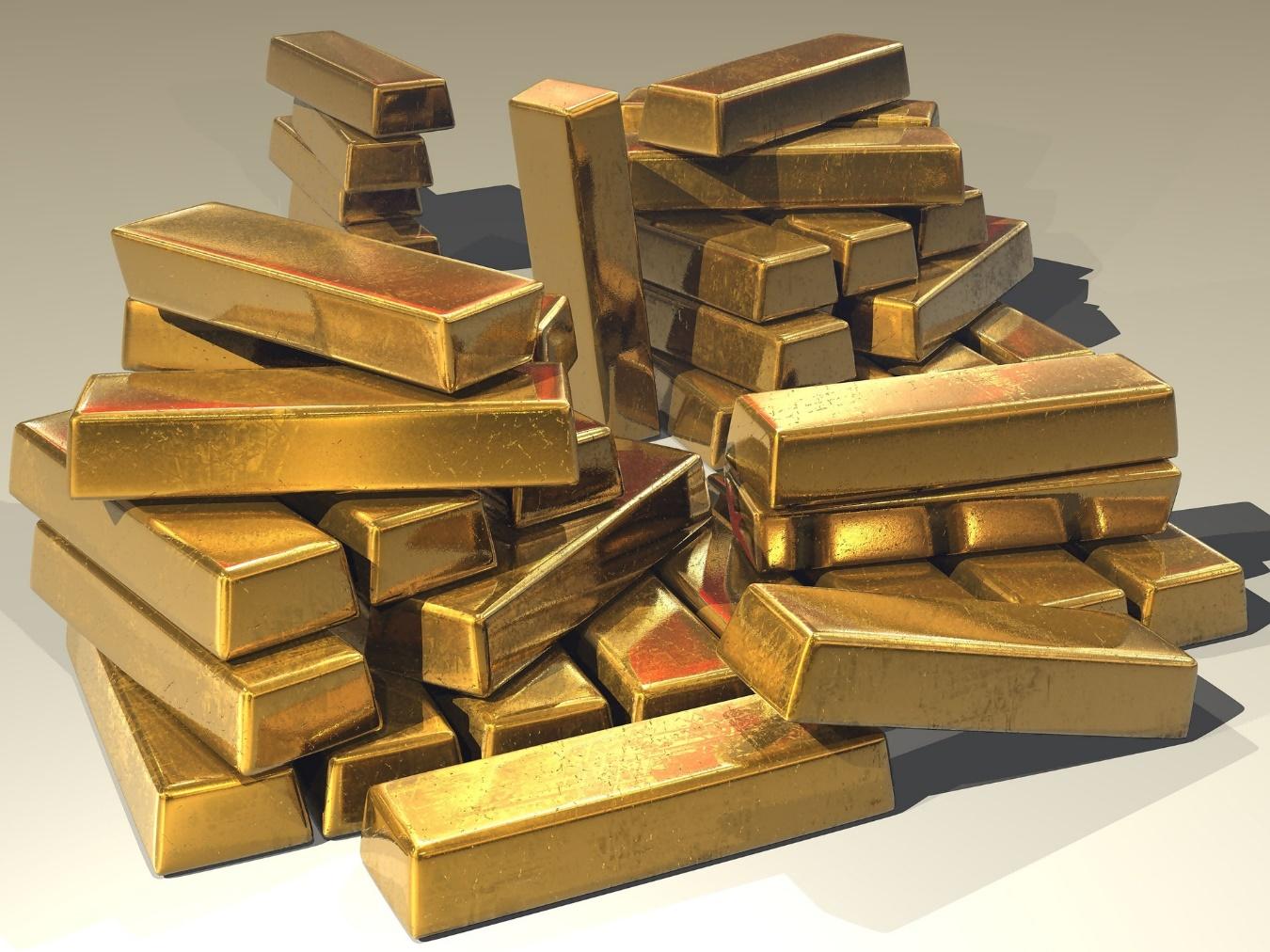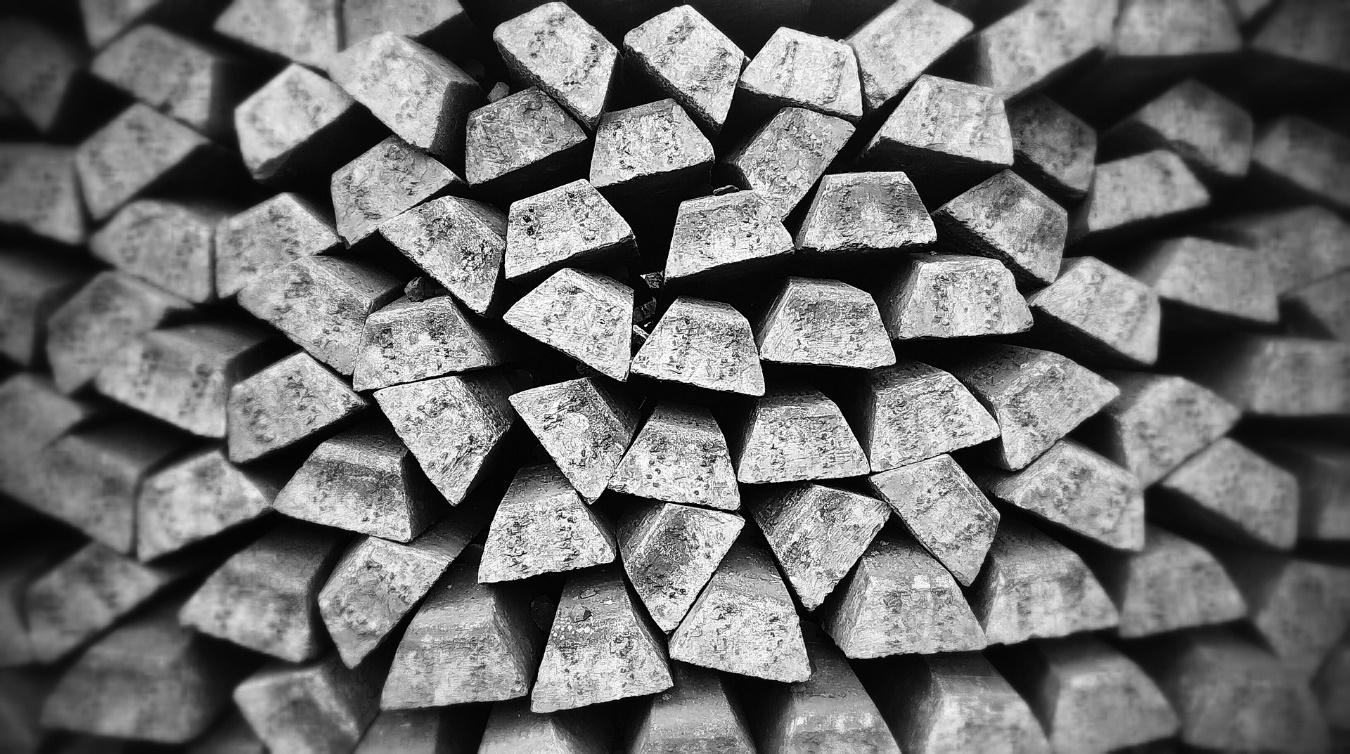Gold ratios help investors and traders compare the price of gold against other precious and industrial metals. They’re typically used to assess the relative value of gold and to identify potential investment opportunities in the metals space.
We’ll touch on how to calculate them, and how to use them for trading purposes.
Gold-to-silver ratio
The gold-to-silver ratio stands as the most widely recognized and frequently utilized gold ratio in the financial world. Its calculation is relatively straightforward, involving the division of the spot price of gold by the spot price of silver. To illustrate, envision a scenario where gold is currently trading at $2,000 per ounce, while silver stands at $25 per ounce. In this case, the gold-to-silver ratio would equate to 80. This figure signifies that, for the same price as one ounce of gold, one could acquire a substantial quantity of 80 ounces of silver.
Throughout the annals of history, the gold-to-silver ratio has served as a reliable metric for assessing the comparative value of these two precious metals. Its enduring legacy spans centuries, positioning it as a timeless benchmark within the realm of financial analysis.
A notable application of this ratio involves its utilization as a contrarian indicator, offering valuable insights for shrewd investors:
- When the gold-to-silver ratio reaches a higher value, it often suggests that silver may be undervalued relative to gold. This situation can be interpreted as a favorable opportunity to consider acquiring silver, as it may be poised for potential growth.
- Conversely, when the ratio experiences a dip and reaches a lower value, it can signify that gold is potentially undervalued, indicating that it might be an opportune moment to contemplate selling gold holdings for potential gains.
Thus, the gold-to-silver ratio serves as a guiding tool for investors, informing their decisions and strategies within the dynamic precious metals market.
Also Read: What Is A Bitcoin Trader And How Does It Work?
Other gold ratios

Other gold ratios popular with investors include the gold-to-platinum ratio and the gold-to-copper ratio. These ratios, which provide valuable insights into the precious metals market, are calculated in a similar manner as the gold-to-silver ratio. However, instead of considering the price relationship between gold and silver, they focus on the prices of platinum and copper, respectively.
The gold-to-platinum ratio has been widely utilized for over a century as a means to evaluate the comparative worth of these two precious metals. Its historical significance dates back to the early 1900s, establishing it as a reliable benchmark in the financial world. One of the primary purposes of this ratio is to serve as a hedge against inflation. Due to its reputation as a highly industrial metal, platinum’s value tends to fluctuate in response to economic factors. By comparing the price of gold to platinum, investors can gauge the performance and potential risks associated with these metals.
In recent years, the gold-to-copper ratio has emerged as a notable ratio in the precious metals domain. Copper differs from gold in terms of its usage and market behavior, because it’s first and foremost an industrial metal. Notably, copper prices tend to be more volatile compared to gold. As a result, the gold-to-copper ratio has gained popularity as a tool for assessing the relative value between these two metals. Additionally, it can assist in identifying potential investment opportunities by providing insights into the market dynamics surrounding gold and copper. This relative value indicator serves as a valuable resource for investors seeking to capitalize on fluctuations in the prices of these precious metals.
How to trade the gold ratios?
Importantly, these ratios are merely indicators of relative value, and should not be used as the sole basis for investment decisions. For example, a rise in the gold-to-silver ratio can occur even as the price of precious metals falls in absolute terms, if the price of gold falls less than that of silver. This isn’t a market you would want to invest in.
That’s why you’ll first need to form an opinion about the future direction of prices before trading gold or silver. If you expect the price of gold or that of silver to rise in the future, you could open a long position in either metals through contracts known as contracts for difference, or CFDs. Conversely, you could also use gold CFDs or silver CFDs to go short if you expect either metal’s price to fall.
Also Read: Why Do You Need To Hold Bitcoins During A Price Drop?
A gold CFD is a financial contract on the price of gold. It allows traders to speculate on the price of gold without having to buy physical gold. It is possible to trade CFDs on a wide range of asset classes spanning foreign exchange, stocks, stock indices, energy products and even crypto-currencies, as illustrated here.
As every investment entails risk, you should only invest money that you can afford to lose. If you are new to trading, it’s advisable to use no leverage at all, until you’re a confident trader. It’s also a good idea to have a good grasp of simple risk management techniques before placing your first trade. These include using trailing stop-loss orders to limit potential losses, and take-profit orders to lock-in any profits on a regular basis.






